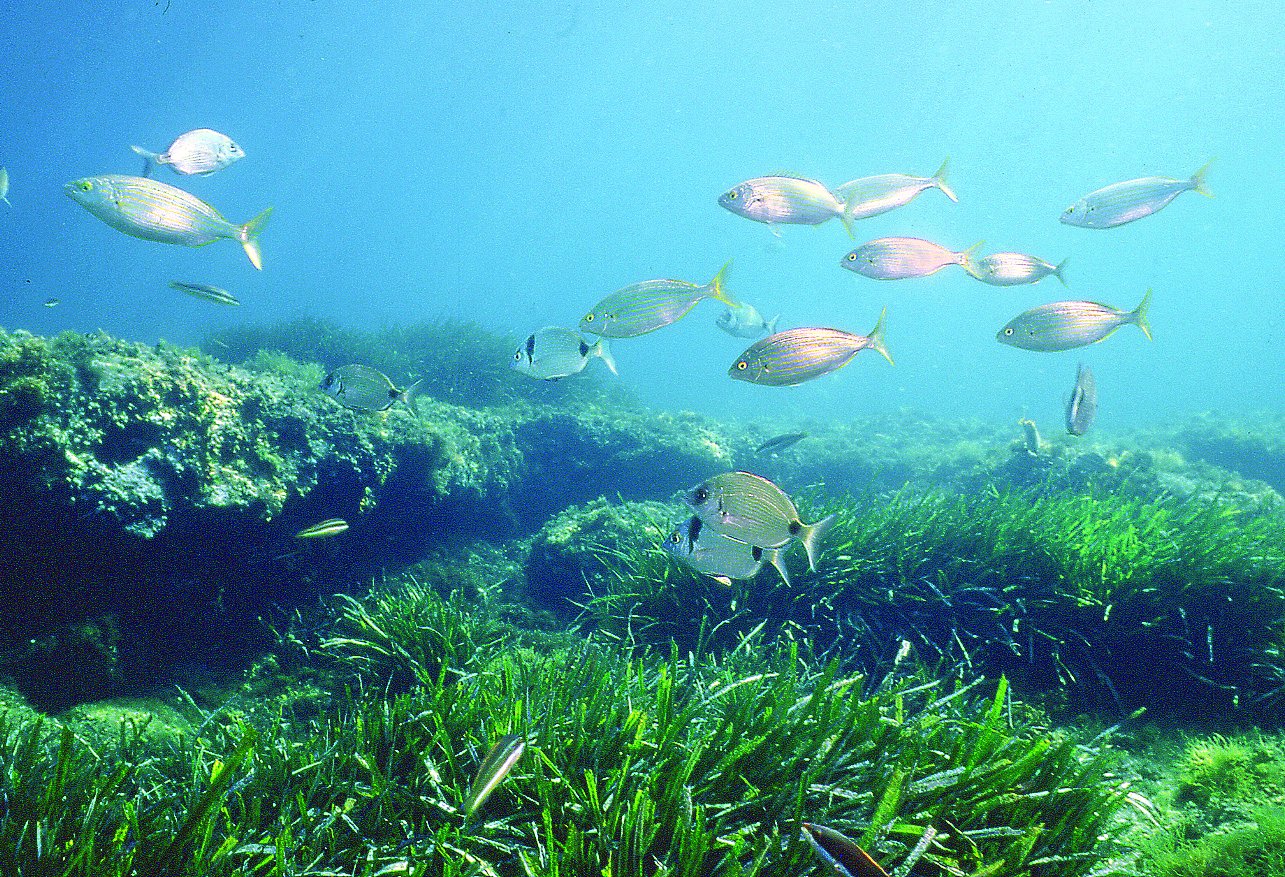- What are wetlands?
Wetlands can be defined as lands transition between terrestrial and aquatic systems, where the water table is usually at or near the surface or the land is covered by shallow water.
Wetlands must contain the following attributes: (1) At least periodically, the land supports mainly hydrophytes (aquatic plants), (2) the substrate is mainly undrained hydric (moist) soil, and (3) the substrate is saturated with water or covered by shallow water at some time during the growing season each year.
- Examples Of Wetlands
- Mangroves
- Marshes
- Lagoons
 |
| Water logged area-Mangroves |
- What is a coral reef?
A coral reef generally refers to a marine ecosystem in which the principal organisms are corals. Such ecosystem needs warm temperature, fully marine waters (salt water) and ample sunlight for survival. There are three types of coral reefs:
- Atolls
- Fringing Reefs
- Barrier Reefs
 |
| Types Of Coral Reefs |
The most common of these reefs are the Fringing Reefs and Barrier Reefs. Fringing Reefs grow attached to the shore line of islands or continents. Barrier Reefs grow along the outer edges of continental shelves separated from the mainland by open water.
 |
| Coral Reef |
- What is a Seagrass Bed?
A seagrass bed is any variety of seaweeds or submersed marine grass like plants that grow in shallow coastal waters. Seagrass beds are important as it provides a habitat for aquatic organisms to feed,reproduce and live.
 |
| Example Of Seagrass Bed |
No comments:
Post a Comment